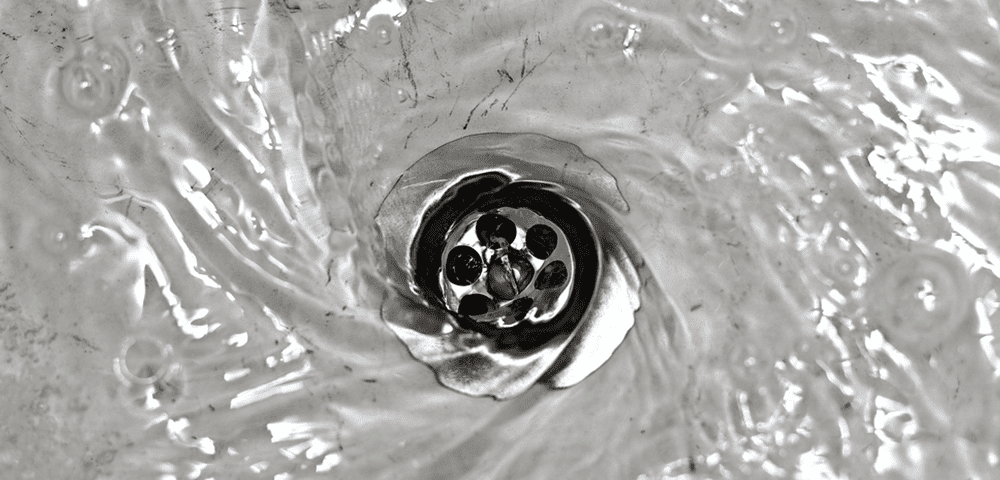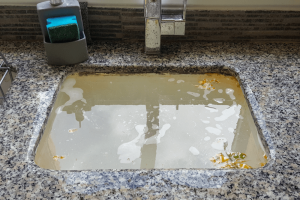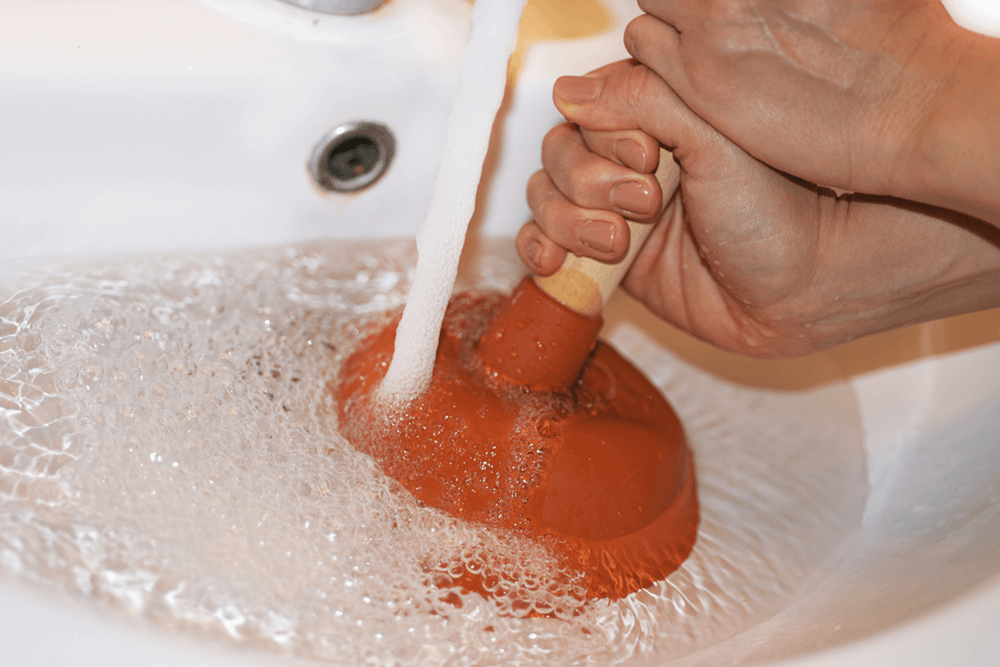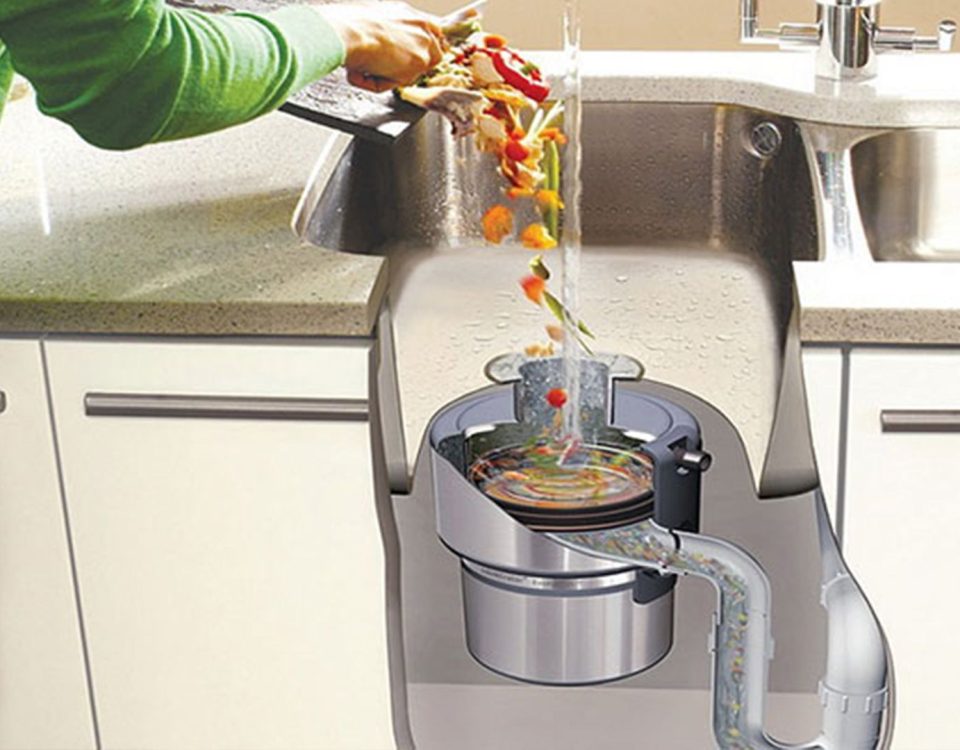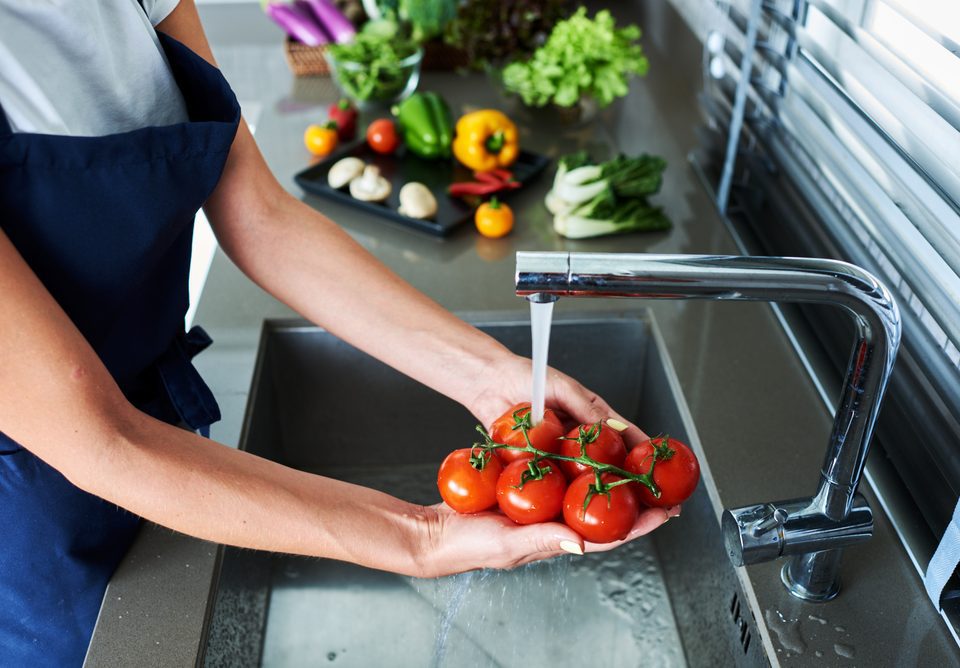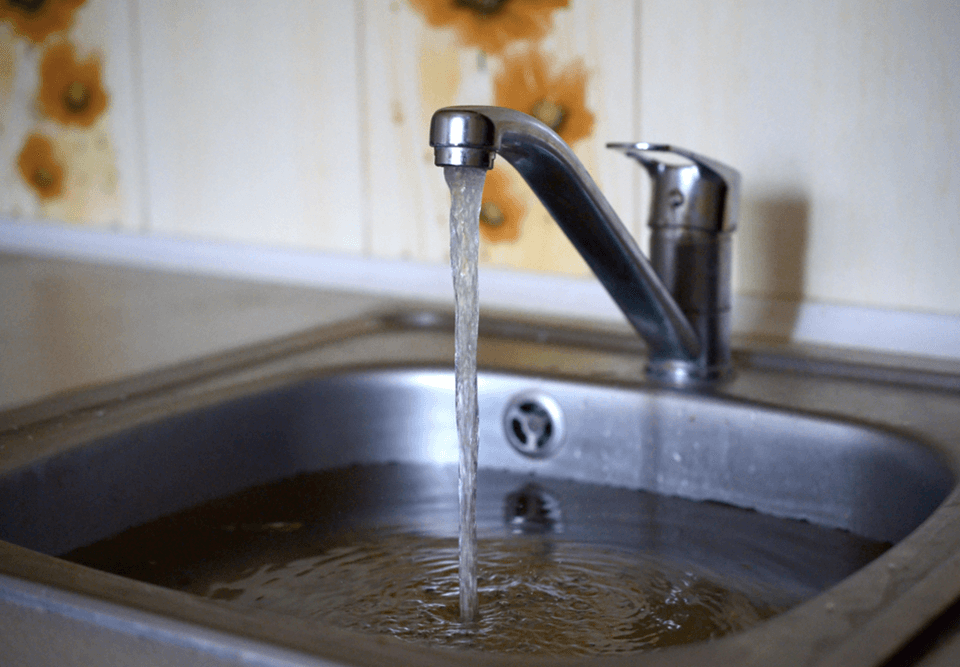Homeowners will inevitably face the problem of a clogged drain from time to time. Whether this is a large or small problem depends on which plumbing drain has become clogged and what is stopping the flow of water and other materials. If you’re a Wisconsin homeowner, bookmark this article — you will want to refer back to it when the time comes to clear a clogged drain in your home.
How Do Plumbing Drains Function?
Plumbing drains are the unsung heroes of your home plumbing system. Without drains, we would still be venturing outdoors to bathe, dump out waste water and perform our important bodily functions. Drains allow us the luxuries of privacy, increased sanitation, and convenience, all within the comfortable confines of our home.
A plumbing drain is simply a conduit through which unwanted water and waste liquids are channeled away from our living spaces and into approved discharge areas, either a septic tank or sewer system. Plumbing drains are all part of a larger drainage system that is half of your overall plumbing system; the other half brings fresh water into your home.
The drainage system operates by gravity, depending on the principle that water (and what it carries) follows the path of least resistance and flows downward. The drainage system in your home includes drains, vents, traps, and clean outs.
- Drains collect unwanted water and waste liquids and channel them into drainpipes.
- Vents allow air to enter the drainpipes and facilitate the smooth flow of water and waste.
- Traps are the curved or S-shaped section of pipe under a drain (except for toilets; they work differently). Water flows out through the pipe, but enough water stays in the trap to form a seal that prevents sewer gas from backing up into your home.
- Clean outs are often found at the bottom of the S-shaped section of pipe underneath drains. They look like a bolt head on the pipe. This can be removed to clean out the curved pipe when necessary.
What Causes a Clogged Drain?
Many factors can combine to cause a clogged drain. The possibilities are endless, but for simplicity, let’s consider what commonly causes most household drain clogs. We typically don’t pay much attention to what goes down the drain — until it doesn’t go down. Then, we realize that anything can be flushed down a drain, even if it shouldn’t.
The primary culprits of clogged drains can be categorized by drain location:
Bathroom sink drains – soap is not generally a problem for drains, as it is melted and mixed with water in most cases before going down the drain. But when soap gets clumped with hair or other debris, it can cause a clogged sink drain. Hair is especially notorious for getting jammed or clotting with other debris to cause a clogged sink drain.
Bathroom shower drains – here again, the main culprit will usually be hair, soap, and other debris that clots together until the flow is stopped.
Bathroom toilet drains – your bathroom toilet drain works a bit differently, but it still requires a vent for air and gravity. A clogged toilet drain is usually caused by too much waste, clumped toilet paper, sanitary products that should not be flushed down a toilet, or foreign objects like small toys.
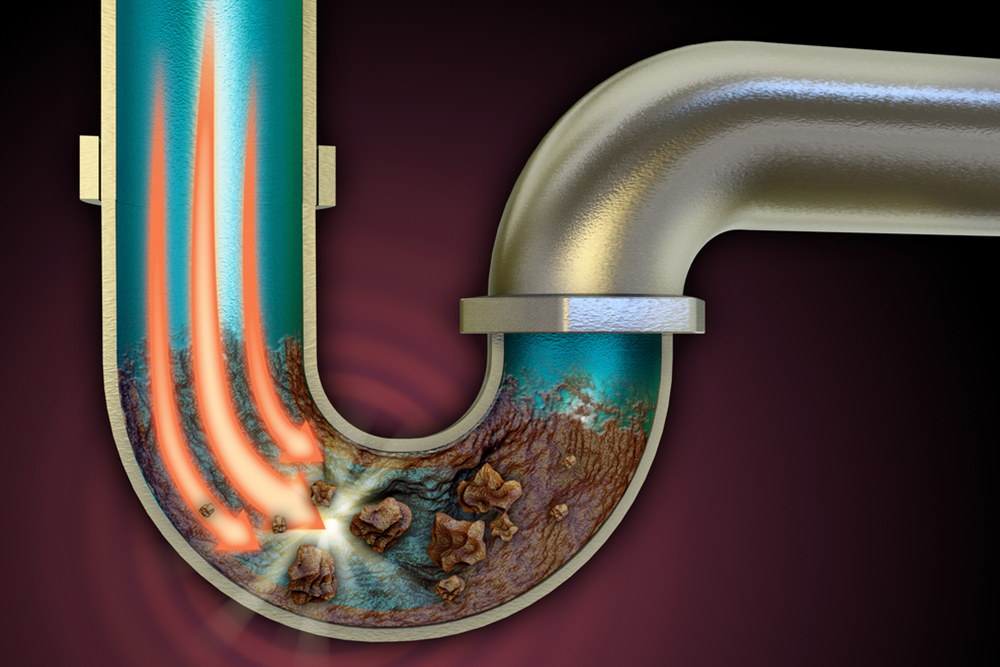
Kitchen sink drain – we are generally guilty of forcing anything and everything down the kitchen sink drain, or allowing many things to go down the drain accidentally. Egg shells, pasta, food particles, and more are common causes of a clogged sink drain in the kitchen. This is especially true when you have a garbage disposal connected to a sink drain. A clogged garbage disposal drain is really just a clogged kitchen sink drain.
Dishwasher drain – most dishwashers are connected to your main kitchen sink drain, so anything washed off your dishes and other items in the dishwasher that are not caught by a screen will go to the piping underneath the sink and cause a clogged drain.
Clothes washer drain – this oft-forgotten drain carries away the used water from washing your clothing. They rarely become clogged because all they carry away under normal operating circumstances is dirty water and used detergent. They can, however, become clogged by soap buildup, grease or materials from your clothing, and stray dryer lint.
How to Clear a Clogged Drain
Clearing a clogged drain generally requires some simple effort and knowledge. How to clear a clogged drain will depend on the drain’s location. Here’s how to clear a clogged drain in the most common locations.
Clearing a Clogged Sink Drain
One of the simplest methods to clear a clogged sink drain is to pour one cup of baking soda and one cup of vinegar into the drain and wait about 15-20 minutes. Then run hot water down the drain. Most simple clogs are gone.
If this doesn’t work, remove the drain cover and see if any blockage is visible. If so, you may be able to pull out whatever is causing the clog. If nothing is visible, you can try a basic bathroom plumber to suck out the clog. This works good for medium-sized clogs made from hair and soap.
A third option is to run a sink auger down the drain to locate and clear the drain. This can either snag the clog and drag it out or force it on through the drainpipe to clear the clogged sink. You can also unscrew the trap cover on the S-shaped pipe underneath the sink and try to clear the clog from there with an auger.
If none of these measures work to clear a clogged sink drain, call Plymouth Plumbing & Heating for quick, reliable 24-hour plumbing service.
Clearing a Clogged Toilet Drain
Toilet clogs do not allow access to the piping underneath for clearing out a clogged toilet drain, but that could get messy quickly and would not be recommended in any case. A clogged toilet drain is best cleared by using a plunger to loosen the clog and send it on its intended way. Be sure the plunger is covered with water and give several firm plunges or continue until the water drains out of the bowl. Flush the toilet to make sure it is working properly.
If plunging the clog does not work, a plumbing auger is the next step. Feed the auger into the toilet drain and try to locate and dislodge the offending material. Again, if this works, the water should drain from the bowl. Flush again to ensure proper operation.
If the auger cannot clear the clogged toilet drain, call Plymouth Plumbing & Heating for fast, reliable, 24-hour emergency plumbing service.
Clearing a Clogged Bathtub Drain
You may ask, “What if my bathtub drain is clogged?” Bathtub drains also have hidden drain pipes, similar to the toilet, that cannot be easily accessed for a cleanout. Removing the drain cover can sometimes reveal the clog. If so, pull it out and run hot water through the drain. You can also try the baking soda and vinegar solution from above.
If this fails, try using a plunger or auger as with the clogged sink drain. If these measures don’t clear the clogged bathtub drain, call Plymouth Plumbing & Heating for quick, quality service 24 hours a day.
Clearing a Clogged Garbage Disposal Drain
Garbage disposals are typically connected to kitchen drains, so if the drain is clogged under the disposal, be sure the garbage disposal itself is clear of any debris that could cause the clog first. Then you can try the remedy for clearing a clogged sink drain above with baking soda and vinegar. If that doesn’t work, try the plunger and auger solutions from above. Many kitchen drains have clean outs in the S-shaped pipe under the sink, so you can also remove the cap and try using the auger from there.
If the drain remains clogged, call Plymouth Plumbing & Heating. Our plumbing professionals have the tools and knowledge necessary to remove the toughest clogs.
Drains can become clogged at any time of the day or night. Call Plymouth Plumbing & Heating for professional service at any time of day or night. Call us now to ask for assistance.
